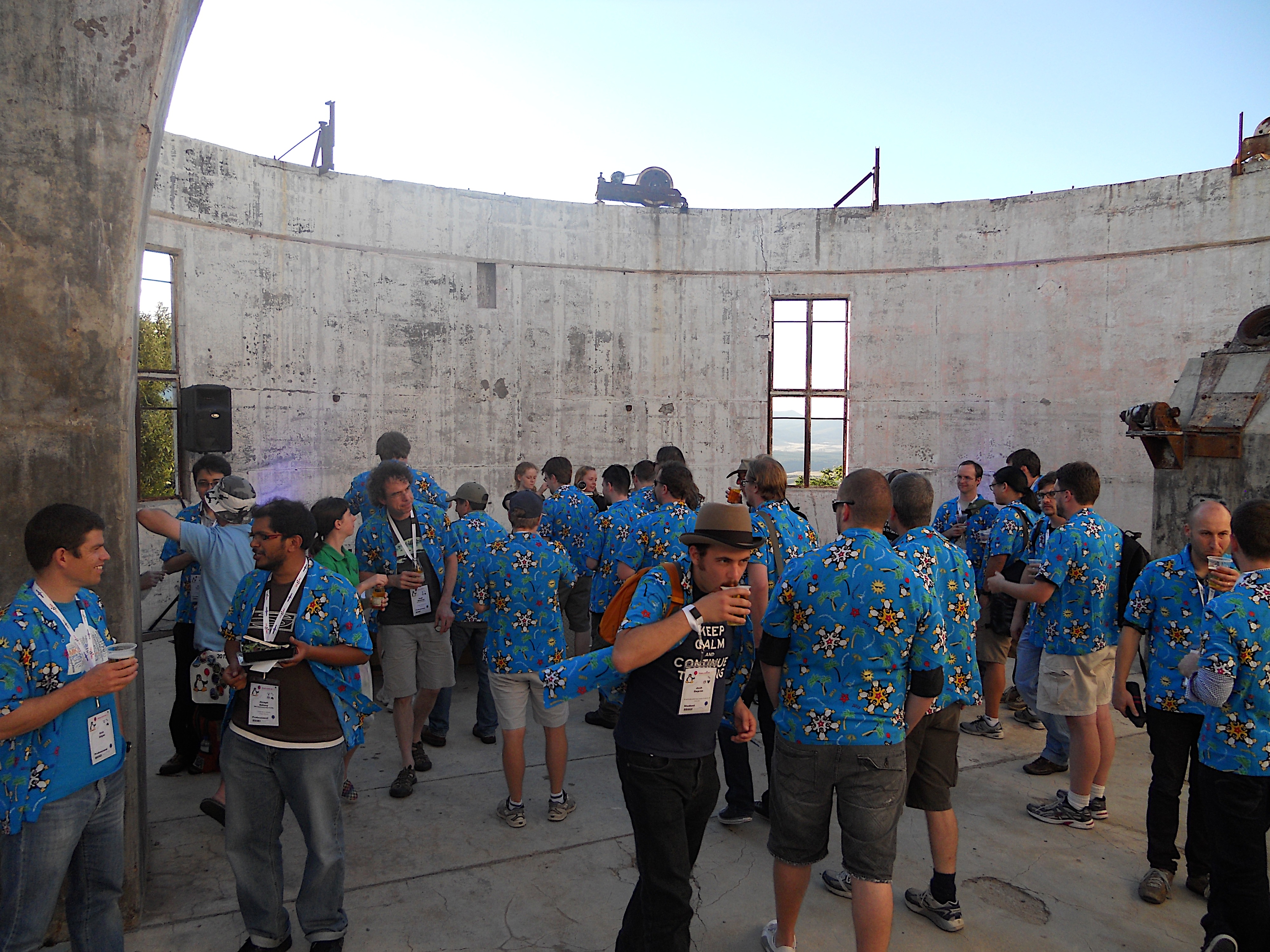Last month I hit a major milestone in my life. You see, my AARP membership invitation arrived in the mail.
That’s right, I celebrated my 50th birthday. Yesterday, I was in my twenties with so many ideas and career choices, and now I’m charting my five-year plan for 401(k) catchups and taking retirement very seriously!
My landmark birthday has me thinking a lot about priorities that employees of all ages have as they hit milestones. They might think, “I need to start saving for retirement,” or “I need to start going for that promotion,” or even “Did I choose the right career?”
To best understand how to provide environments and rewards to attract and retain employees through milestone shifts, let’s start with some details about the five generations in our current national workforce: Gen Z, Millennials, Gen X, Baby Boomers and the Silent Generation. Their needs — health care, retirement, work/life balance — can be different, not just because of their age, but also because of where they are in life.
Here is a snapshot look at these five groups and some considerations for you.
Gen Z
Born after 1997, many of these individuals are just entering the workforce. The Great Recession and 9/11 have influenced their lives and their outlook on the future. Many are facing the high cost of education, so getting a head start on employment and experience will help them gain valuable experience and navigate these costs.
As HR professionals, we encourage you to advocate for part-time/seasonal work/internship opportunities for Gen Zers, but be aware that there are numerous state and federal limitations. For example, you may not employ anyone under the age of 18 to perform hazardous duties. You may not hire children under the age of 14 except in specific circumstances and there are strict legal limitations for employees age 14-15. (No work during school hours or between 7 p.m. and 7 a.m. during the school year, for example.)
The Texas Workforce Commission outlines many more restrictions, but with civil penalties up to $10,000 per violation under Texas law, we do suggest some professional guidance.
Millennials
Born between 1981 and 1997, Millennials surpassed Gen X and the Boomers as the largest generation in the U.S. workforce (Pew Research Fact Tank).
Born in the years roughly between 1982 and 2004, millennials often get a bad rep in the workplace. But contrary to popular belief, they don’t want to work as little as possible and play Ping-Pong. They want to learn quickly and grow professionally. Consider establishing a training budget to offer them opportunities to learn, and constantly challenge them with new projects that help them stay engaged.
Gen X
Born between 1965 and 1980, many Gen Xers have now established families and find themselves in a sandwich situation trying to support both their children and their aging parents.
As an employer, you can help Gen Xers and keep them in the workforce by providing them with resources for help with issues such as work-life balance, job flexibility, child care, eldercare, estate planning and other life issues that come at this age.
We recommend looking into an employee assistance program. This flexible benefit can help employees manage life-changing issues while keeping them productive and focused on your company’s needs.
In addition, consider offering a valued employee more paid vacation or a short sabbatical when a critical issue occurs. Giving time to allow them to navigate a crisis or figure out their next step in life may the most valuable contribution you can make to their long-term commitment to your company. This is especially true if the employee’s salary is maxed out for what you can pay them due to budget or pay scale.
Baby Boomers
Born between 1946 and 1964, Boomers are most interested in what is right around the corner. Many are counting the days until retirement or deciding how to stretch earning power by putting off retirement as long as possible.
This decision-making process and related worries can take considerable focus away from the company’s priorities as many Boomers may have reached this stage without solid plans.
Does your employee retirement plan offer employees the chance to speak to an expert so they can better understand their options? Financial education is important for any generation, but especially this one. Providing an adviser to help your Boomer employees plan and walk through the retirement process is a valuable benefit for both sides.
Silent Generation
Born between 1928 and 1945, these employees are in their 70s and 80s, but may still be in great health and planning to work as long as possible. They offer a wealth of knowledge and experience and have stayed because they love to work.
While they are known for an excellent work ethic, they are especially interested in working on their own terms. This may mean a part-time or come-and-go arrangement. This group must juggle how much they want or need to work with Social Security and retirement needs and requirements. For example, there are tax implications for working beyond certain limits while taking Social Security.
This list is just an overview of the challenges and opportunities you’ll see with a multi-generational workforce. As a small-business owner, you should create compensation and benefits packages that consider the diversity of age in your team and motivate all of your employees depending on where they are in their work/life cycle and their varied needs.
Our team of outside experts is just a phone call away to help develop a strategy that fits your company and supports your diverse workforce.
We work with companies on a project basis or on retainer, providing a custom level of HR help designed for your business, with offices in Austin, San Antonio, Dallas and Houston. Contact me at Caroline@valentinehr.com or call (512) 420-8267.



